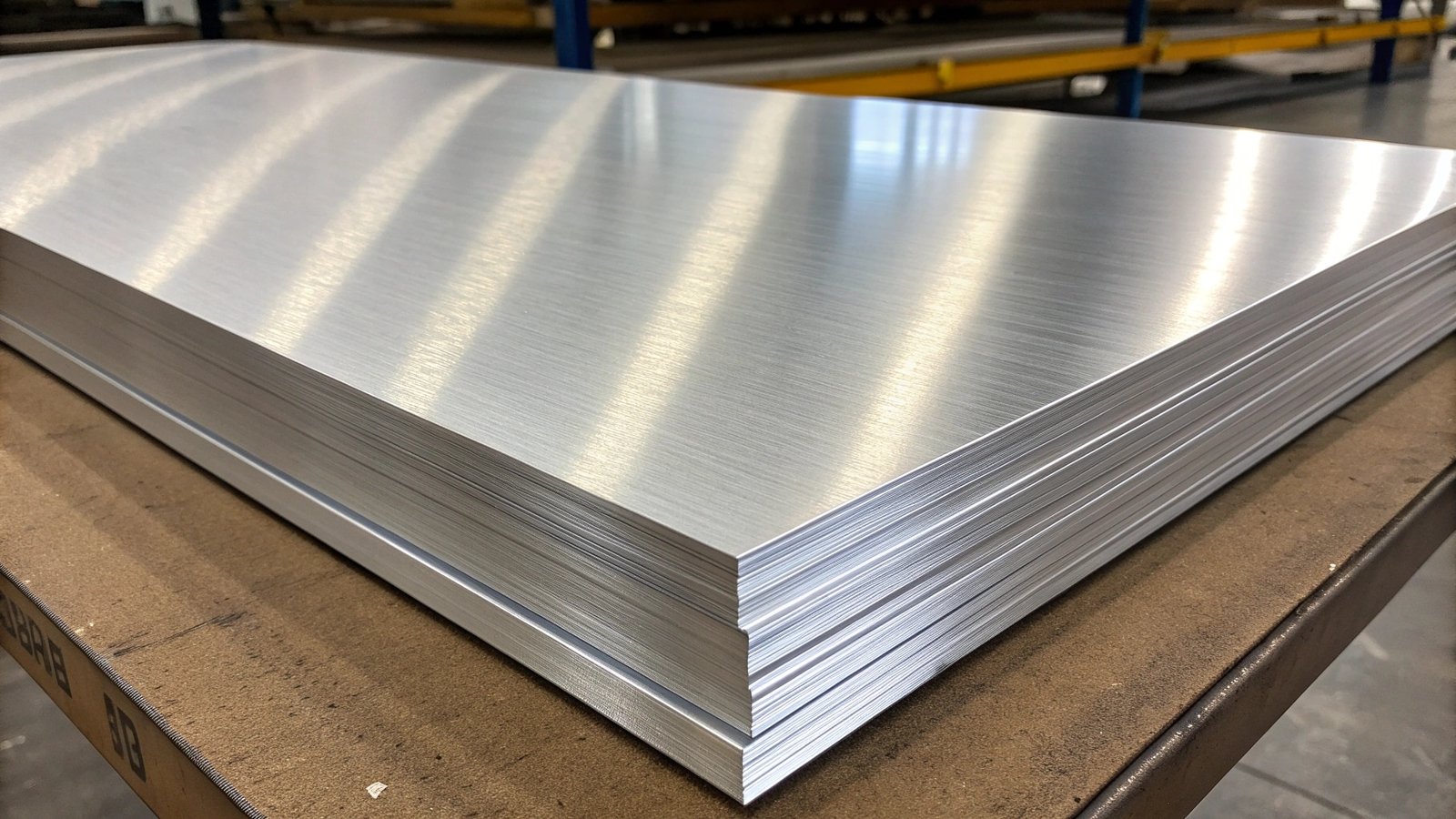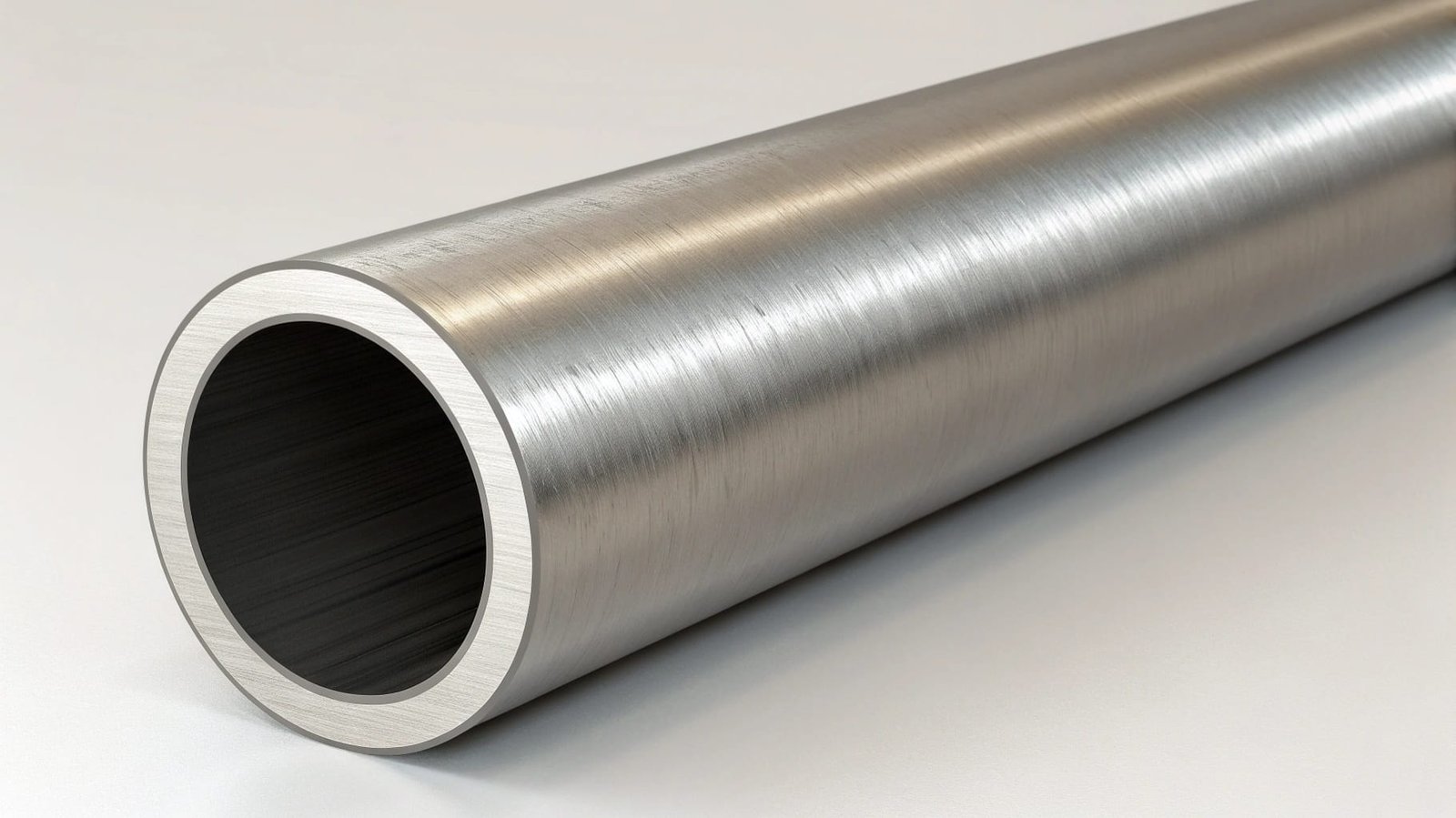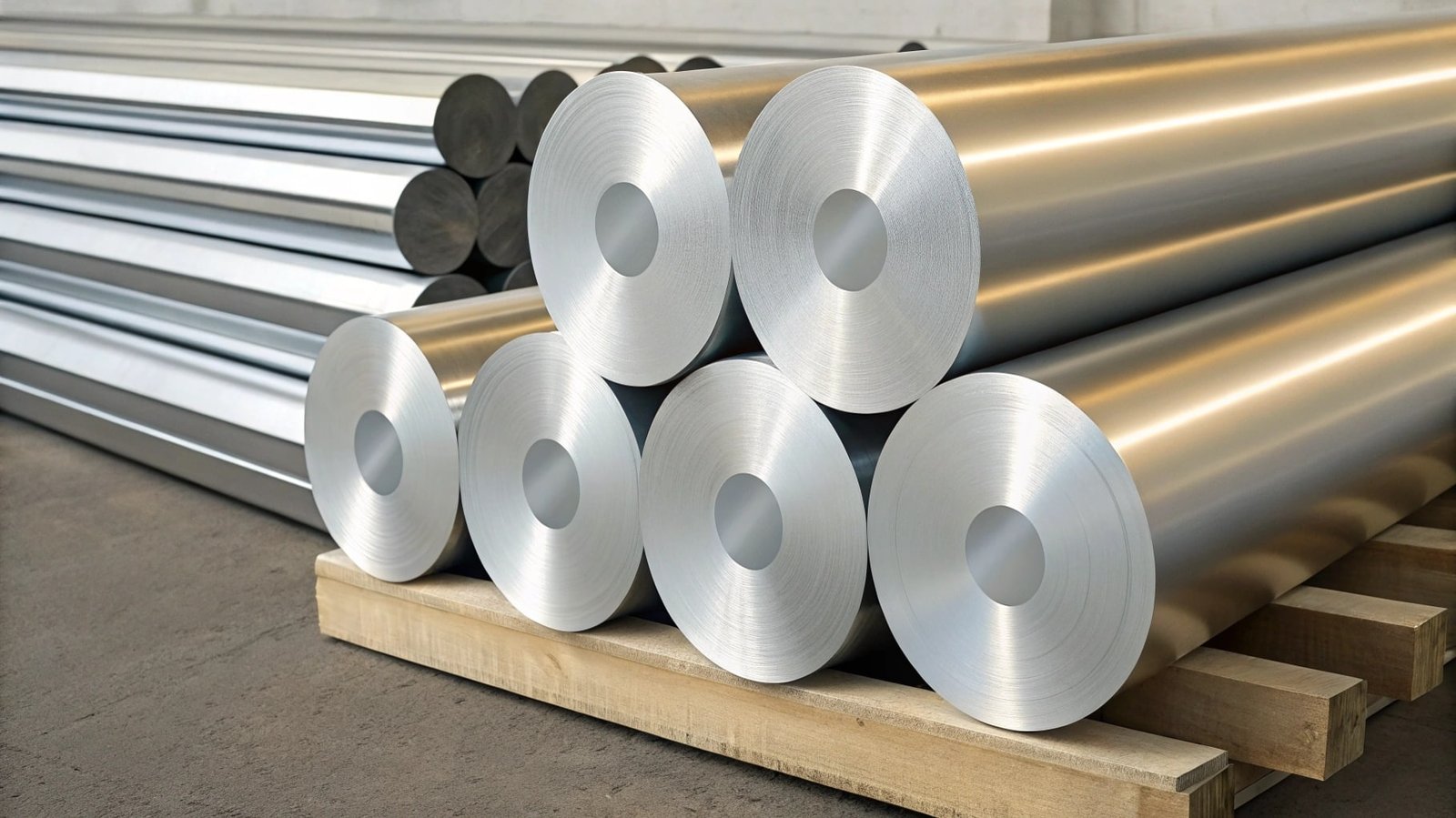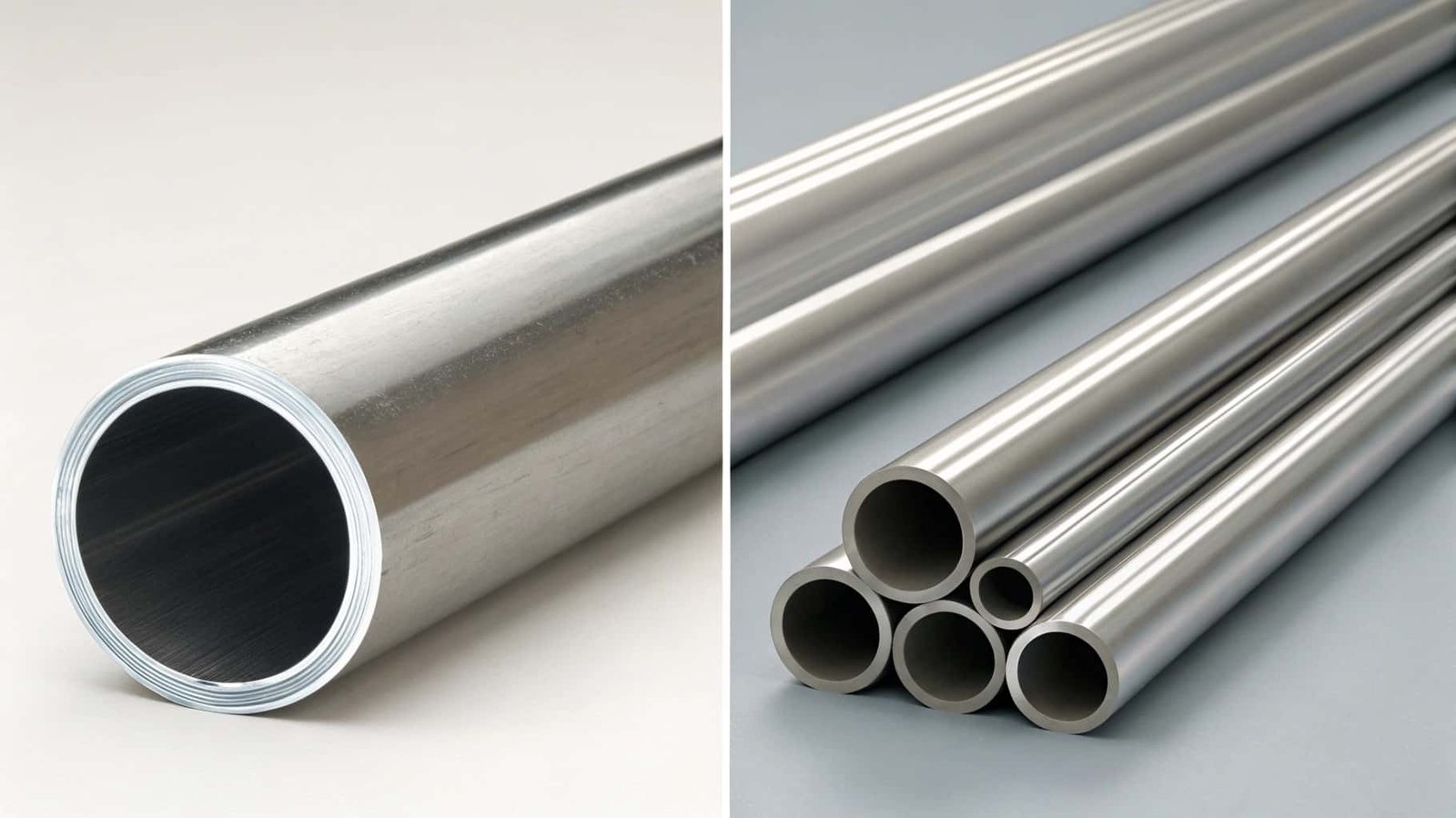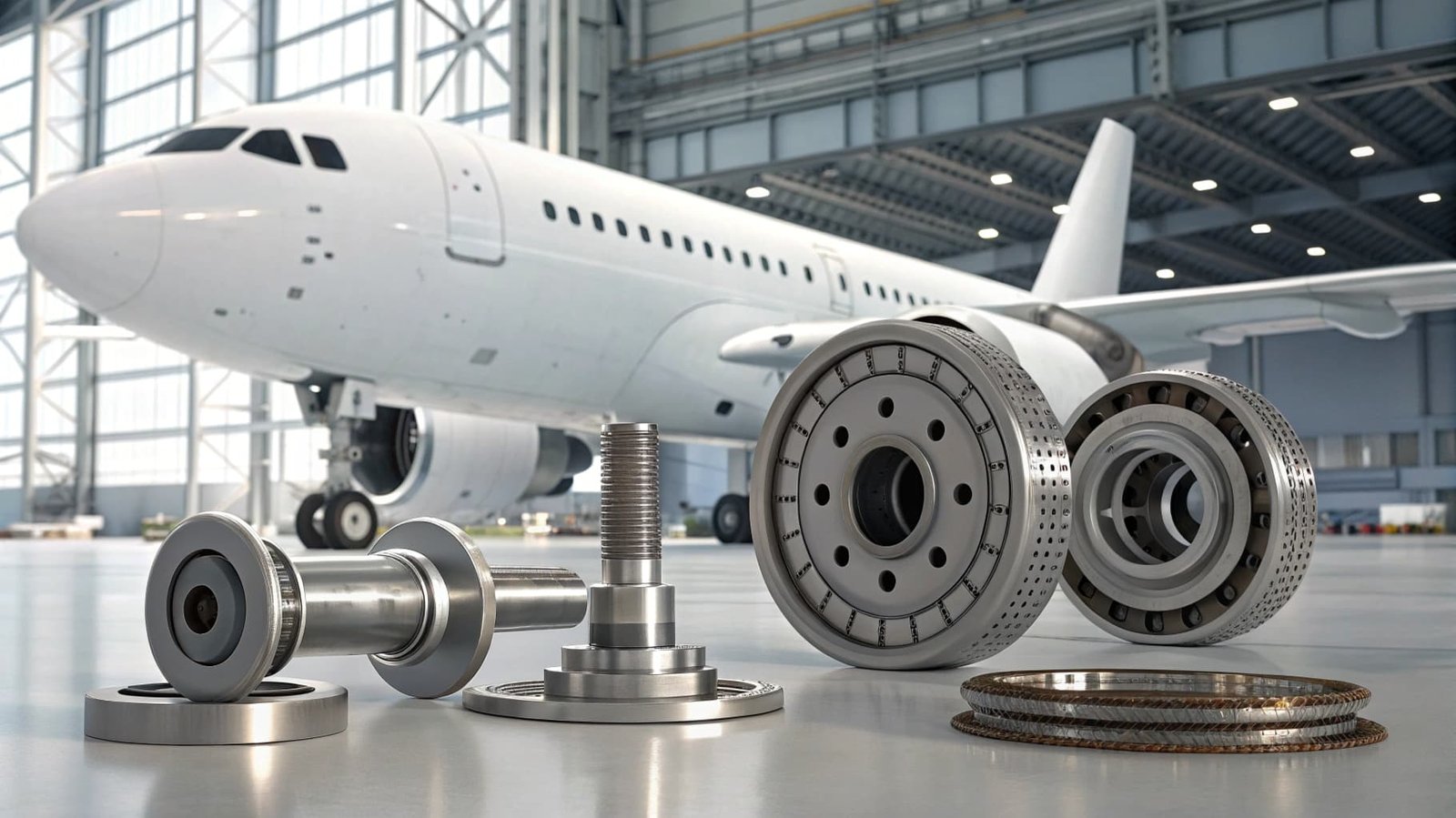Confused by "aerospace grade" claims? This term implies superior quality. Not understanding it can lead to costly material selection mistakes. What does it truly mean for your project?
Aerospace grade aluminum meets strict standards for strength, fatigue resistance, corrosion resistance, and consistency, crucial for safety and performance in aircraft and spacecraft applications where failure is not an option.
Transition Paragraph:
At SWA Forging, we've been crafting high-quality aluminum alloy components, like our large-diameter forged rings and discs, since 2012. Our motto, "Master Southwest Aluminum Right," means we believe in deep material knowledge. Understanding what makes an aluminum "aerospace grade" is vital, not just for aerospace clients, but for any industry, like the machining plants and traders we serve, that values top-tier performance and reliability. Let's explore what sets this aluminum apart.
What's the difference between aluminum and aircraft grade aluminum?
Think all aluminum is the same for demanding jobs? "Aircraft grade" suggests a higher standard. Using common aluminum for critical flight applications could be disastrous. What truly sets them apart?
Aircraft grade aluminum refers to specific alloys (like 7075, 2024) with superior mechanical properties, strict quality control, and full traceability, unlike many common commercial aluminum grades used for general purposes.
Dive deeper Paragraph:
The term "aluminum" on its own is very broad; it refers to the base metal. However, "aircraft grade aluminum" is a specific designation. It means the aluminum alloy meets particular criteria essential for flight safety and performance. The key differences lie in a few areas.
First, the specific alloying elements: Aircraft grades typically belong to the 2xxx (copper as principal alloy), 6xxx (magnesium and silicon), and 7xxx (zinc as principal alloy) series. The exact percentages of these elements are tightly controlled to achieve desired properties.
Second, heat treatment: Most aircraft grade aluminum is heat-treatable. Tempers like T6 (solution heat-treated and artificially aged) or T7x are common, significantly boosting strength. I recall working on a project where understanding the precise temper was critical for the component's fatigue life.
Third, performance characteristics: We're talking higher tensile strength, better fatigue resistance, and good fracture toughness. These are non-negotiable in aerospace.
Finally, and very importantly, quality control and traceability: The standards are far more rigorous than for commercial grades. This includes detailed mill certifications, batch testing, and a clear history of the material. Our machining plant customers who produce aerospace components rely heavily on this certified quality.
| Feature | Commercial Aluminum (e.g., 3003) | Aircraft Grade Aluminum (e.g., 7075-T6) |
|---|---|---|
| Primary Use | General purpose, cookware | Structural aircraft components |
| Strength | Moderate | Very High |
| Fatigue Resistance | Fair | Excellent |
| Traceability | Basic | Extensive, certified |
| Cost | Lower | Higher |
This strict control is what SWA Forging emulates in our own quality processes for all our forged products.
What is aerospace grade 6061 T6 aluminum specifically?
Heard of 6061 T6 for aerospace uses? It's common, but what makes this specific alloy and temper special? Using a non-aerospace version or wrong temper can compromise safety and function.
Aerospace grade 6061-T6 aluminum is a precipitation-hardened alloy valued for its good strength, excellent corrosion resistance, weldability, and machinability, making it versatile for specific aerospace structural components and fittings.
Dive deeper Paragraph:
Let's break down "aerospace grade 6061-T6." The "6061" designates an aluminum alloy where magnesium and silicon are the primary alloying elements. This combination gives it good baseline properties: it's relatively easy to form, has excellent corrosion resistance (which I've seen perform exceptionally well in various environments), and can be welded, though the strength in the welded zone will be reduced unless re-heat-treated. It also offers good machinability, a big plus for our machining plant clients.
The "-T6" is crucial. This refers to a specific temper. The aluminum undergoes solution heat treatment, where it's heated to a high temperature to dissolve the alloying elements into the aluminum, then rapidly quenched. After quenching, it's artificially aged – heated to a lower temperature for a specific time. This aging process causes fine particles of magnesium silicide (Mg2Si) to precipitate within the aluminum's crystal structure. These precipitates act like tiny obstacles to dislocation movement, which is how metals deform, thereby significantly increasing the material's strength and hardness. For a material to be "aerospace grade" 6061-T6, it must not only meet the chemical composition of 6061 and the heat treatment of T6 but also pass stringent quality and performance tests specific to aerospace applications, ensuring consistency and reliability. It's used for things like aircraft fittings, camera mounts, and some less critical structural parts.
What does 'space grade' truly imply for materials?
"Space grade" sounds even more demanding than aerospace. What extra challenges does space present? Misinterpreting this could lead to mission failure or significant over-engineering on Earth.
Space grade materials must withstand extreme temperature fluctuations, high vacuum conditions, various forms of radiation, and minimize outgassing, beyond typical aerospace requirements, to ensure reliability for spacecraft and satellites.
Dive deeper Paragraph:
If "aerospace grade" is tough, "space grade" takes it to another level. While there's overlap, space environments introduce unique, extreme challenges. At SWA Forging, while our core business is industrial and machining applications, understanding these ultimate material demands is fascinating.
Key differences for space grade materials include:
- Outgassing: In the vacuum of space, some materials can release trapped gases or volatile compounds. This "outgassing" can contaminate sensitive optical instruments, solar panels, or other spacecraft systems. Space grade materials must have very low outgassing properties.
- Radiation Resistance: Spacecraft are exposed to various forms of radiation – solar winds, cosmic rays. Materials must resist degradation from this constant bombardment.
- Extreme Thermal Cycling: A satellite can experience incredibly hot temperatures when facing the sun and frigid temperatures when in Earth's shadow. Materials must withstand these rapid and wide thermal swings without failing.
- Vacuum Stability: The material properties must remain stable in a hard vacuum over long periods.
Specific aluminum alloys used in aerospace might be selected, but they undergo even more rigorous testing and sometimes special surface treatments to qualify as "space grade." The focus is on absolute reliability, as repairs are often impossible. I once read about a satellite mission where a tiny amount of outgassing from a non-certified component caused significant issues; it really highlights the stakes.
What makes aluminum 'military grade' in practical terms?
"Military grade" often suggests ultimate toughness and durability. But what are the actual specifications? Assuming it's just "stronger" can be an oversimplification for critical defense applications.
Military grade aluminum adheres to specific military specifications (MIL-SPEC) or defense standards, covering alloy composition, temper, performance under harsh operational conditions, enhanced durability, and often specific resistances.
Dive deeper Paragraph:
"Military grade" aluminum means the material meets stringent requirements laid out in military specifications, often called MIL-SPEC or STANAG (for NATO). These specs are very detailed and cover everything from the exact chemical composition and temper of the alloy to its required performance characteristics under extreme conditions. It's not just about being "strong"; it's about reliable performance in demanding operational environments.
Key aspects include:
- Durability & Ruggedness: Components must withstand rough handling, vibration, and shock.
- Corrosion Resistance: Military equipment operates in diverse climates, from humid jungles to salty marine environments to arid deserts. Alloys like the 5xxx series (e.g., 5083, known for excellent corrosion resistance in seawater) are common for naval applications.
- Specific Performance Metrics: This can include fatigue life, fracture toughness, and sometimes even ballistic resistance, though for the latter, aluminum is often part of a composite armor system.
- Weldability & Repairability: In some cases, the ability to perform field repairs is crucial.
Common alloys like 7075 (high strength) and 6061 (versatility) are used, but they must conform to the military standards for their procurement. The emphasis is on reliability and functionality under stress. While SWA Forging provides high-quality forged aluminum for industrial uses, the principles of producing robust, reliable components that withstand tough conditions are similar. Our large forged rings and discs used in heavy machinery, for example, need exceptional durability, echoing the military's need for toughness.
Conclusion
Aerospace, space, or military grade aluminum means adherence to stringent, specific standards for demanding, high-reliability applications, ensuring top performance where it matters most.


